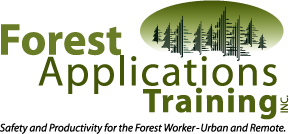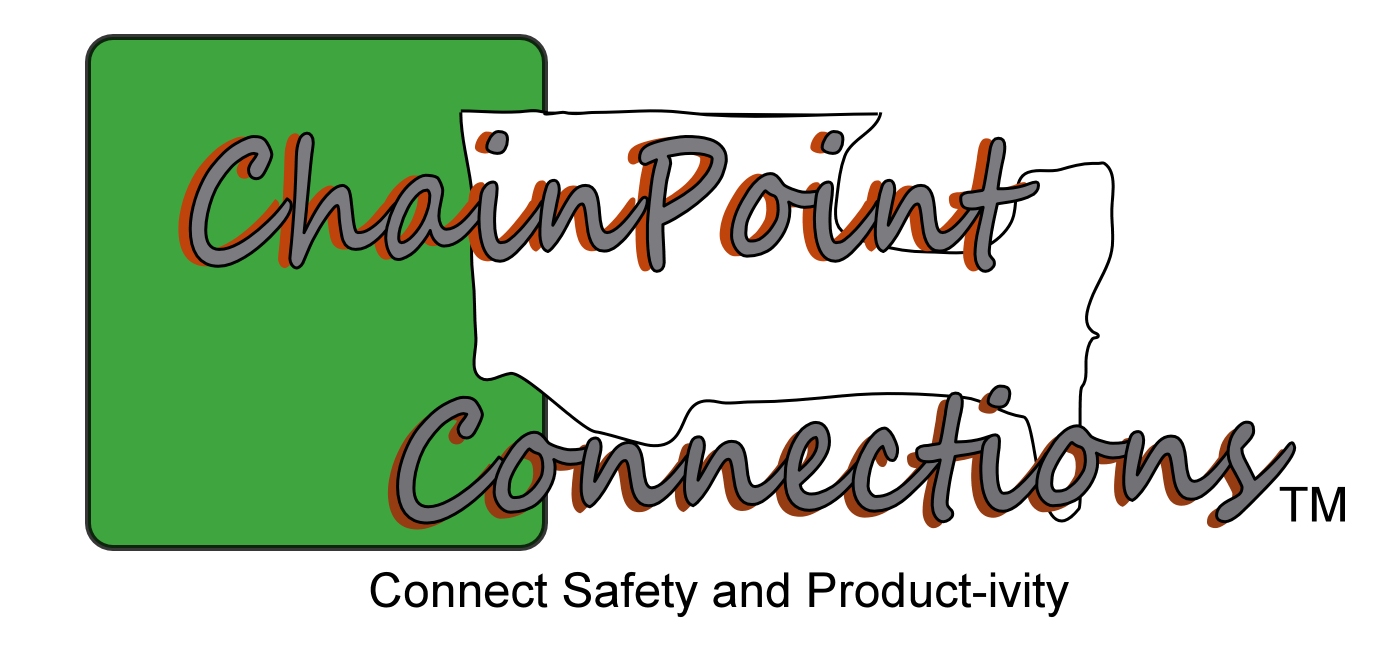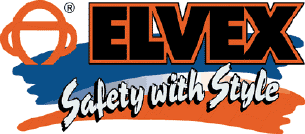

 |
 |
|---|
| If you have problems viewing this eNews edition press this link to view in your browser | January 12, 2015 |
|---|---|
Hi ChainPoint's... It has been a great past few days of Thanksgiving! A busy week lies ahead to get everything ready for the upcoming training in Gilroy, CA. Sold the Humvee and have purchased a car hauler to carry a smaller Land Rover and to set up a Chain Grinding and RDT workshop for training on the road. I'll show some pics in a few weeks when it's complete. New Format Please let me know if you like this new eNewsletter format. I'm trying to dress it up a little but keep it simple. If you have trouble reading it or the pictures do not download just press the link above to view in your internet browser. Article So important to consider your practice of saw control as we discuss this weeks article below. I think many times we blame the chainsaw for something we may be able to correct with stance and understanding. Elvex Endorsement Check out the Elvex link at the right to check out the many safety products they manufacture. We are really impressed with these products and looking forward to informing you of the details in the next few weeks. PFERD ChainSharp The original ChainSharp tool on special at our eStore for the next week through Dec 5th. Order and receive free shipping. Mark the order for Pick Up and we will send it to you - Free Shipping. Click the eStore link from our homepage at http://www.ForestApps.com
|
 |
This Week's Article... Our Action What is it that’s thought to be so hazardous about chainsaw use? Often when people hear what I do they say something like, "do you still have all your limbs" or "a lot of people need that!" I guess this thought process is rightfully so as the CDC published a statement that said there are 36,000 chainsaw incidents a year occurring across the nation. That's just over 98 incidents per day! Most of the incidents that I hear are usually credited to the saws reactive forces of Kick Back, Push Back and Pull In. A phrase I came up with years ago, that I use often, goes something like this, "I believe the majority of cuts or lacerations from a chainsaw happen not as much from the reactive forces of the saw but our reaction to its action." What does this mean? In most of the explanations behind incidents, people share with me in my travels, there is a common thread that I hear coming through. I have listed some of what I hear...
What can we do to clearly understand and learn from these communications? Check to make sure the limbs and logs we plan to cut are not in bind or under pressure that might be released, throwing the saw or causing us to lose control of the chainsaw. Make sure the saw chain is sharp. Having to apply heavy pressure to the chainsaw to cut makes it much more difficult to react to any unplanned actions. The saw chain should cut the wood with very little or no pressure applied from the operator. It should cut about an inch of material per second. If not, it's time to sharpen. When stepping over or really taking a step with a running chainsaw, use the chain brake as a parking brake. Simply let the saw idle, apply the brake, and your chances of contacting a moving chain is reduced. Moving around with a chain turning is a sure incident invitation. Take care in selecting your footwear for the task. Heavy-duty boots with hard toes, ankle support and good traction soles are important. If you work daily with a chainsaw you should consider the above with the addition of chainsaw resistance added to the design. Keep both hands on the chainsaw at all times unless the chain brake is applied or the switch is in the off position. Maximize your distance from the saw chain at all times. Watch and plan your position so as to give you as much reaction time as possible before you begin a cut. Don't lean over the cuts and always balance your weight on your feet to be able to control the forces of the saw and your balance. You should never attempt to cut with the saw above shoulder height while looking right in line with the spinning bar and chain. When cutting vines or clearing low limbs turn the saw to the sided or on an angle, so as to not align yourself without the guide bar. A great tool for this task may be a pole saw instead. Never cut a limb or any other material with someone holding it. Stand back from a chainsaw operator when they are cutting a minimum of 10ft. When the operator completes the cut then the material can be removed from the work area. Personal Protective Equipment consisting of hardhat, safety glasses, hearing protection, chainsaw chaps, gloves and proper footwear offer the best insurance you can buy to reduce injury should an accident occur. Consider it part of a chainsaw investment. Read and or re-read your owner's manual to familiarize yourself with your saws controls and other safety information it contains. This is especially true if you only use your chainsaw occasionally. Any tool will work better with practice. If you would like to know more about available training programs for chainsaw applications visit http://www.ForestApps.com Tim Ard is a nationally recognized chain saw applications and training instructor with over 30 years of experience in communicating the mechanics and use of the chainsaw. He is founder and president of Forest Applications Training, Inc. He can be reached for questions at info@ForestApps.com
© Copyright 2015 Forest Applications Training, Inc. |
Sign up for our ChainPoint eNewsletter Twitter - @ForestApps Facebook - Forest Applications or Tim Ard Contact us - info@forestapps.com Ph 770.543.9862
|